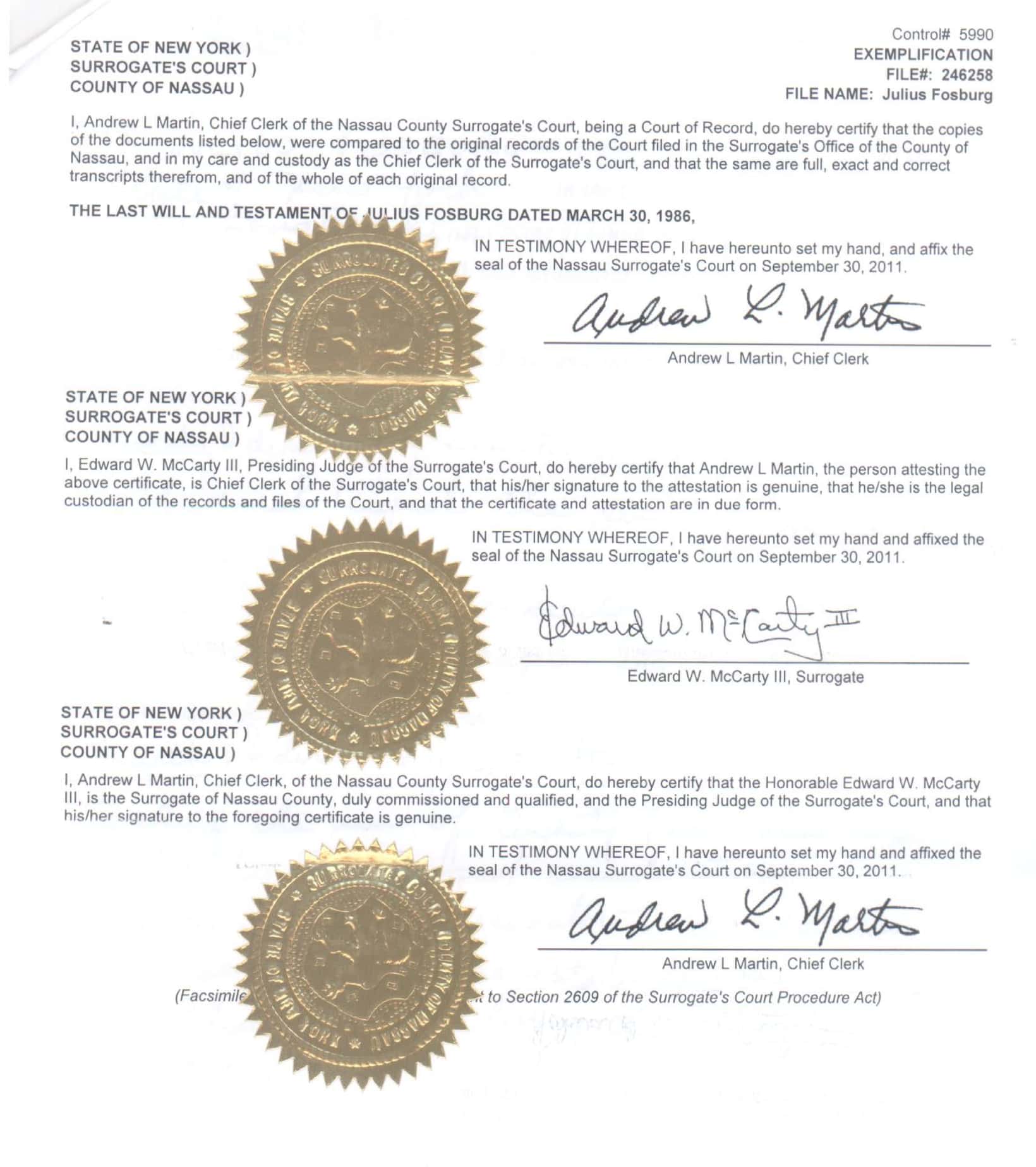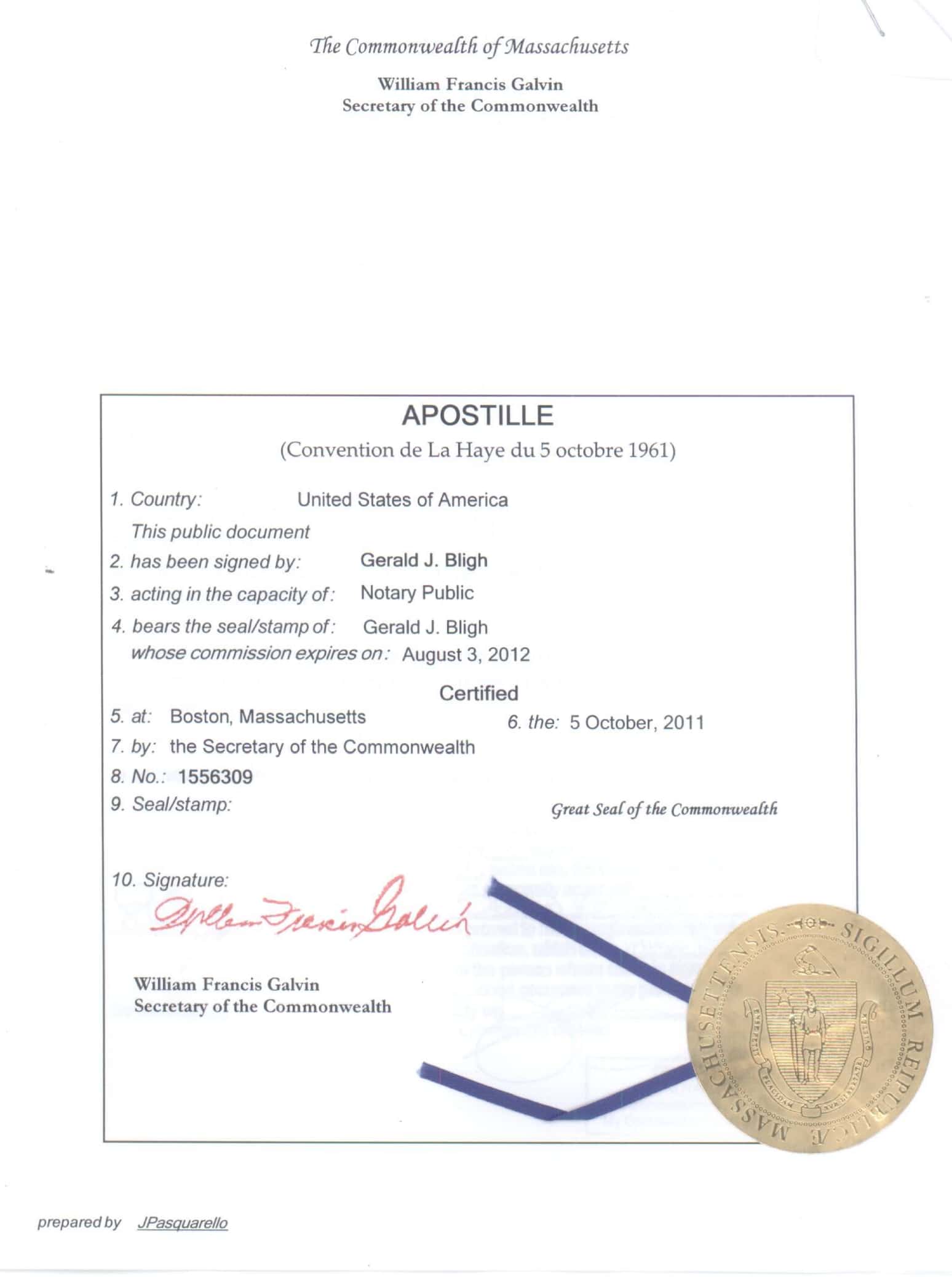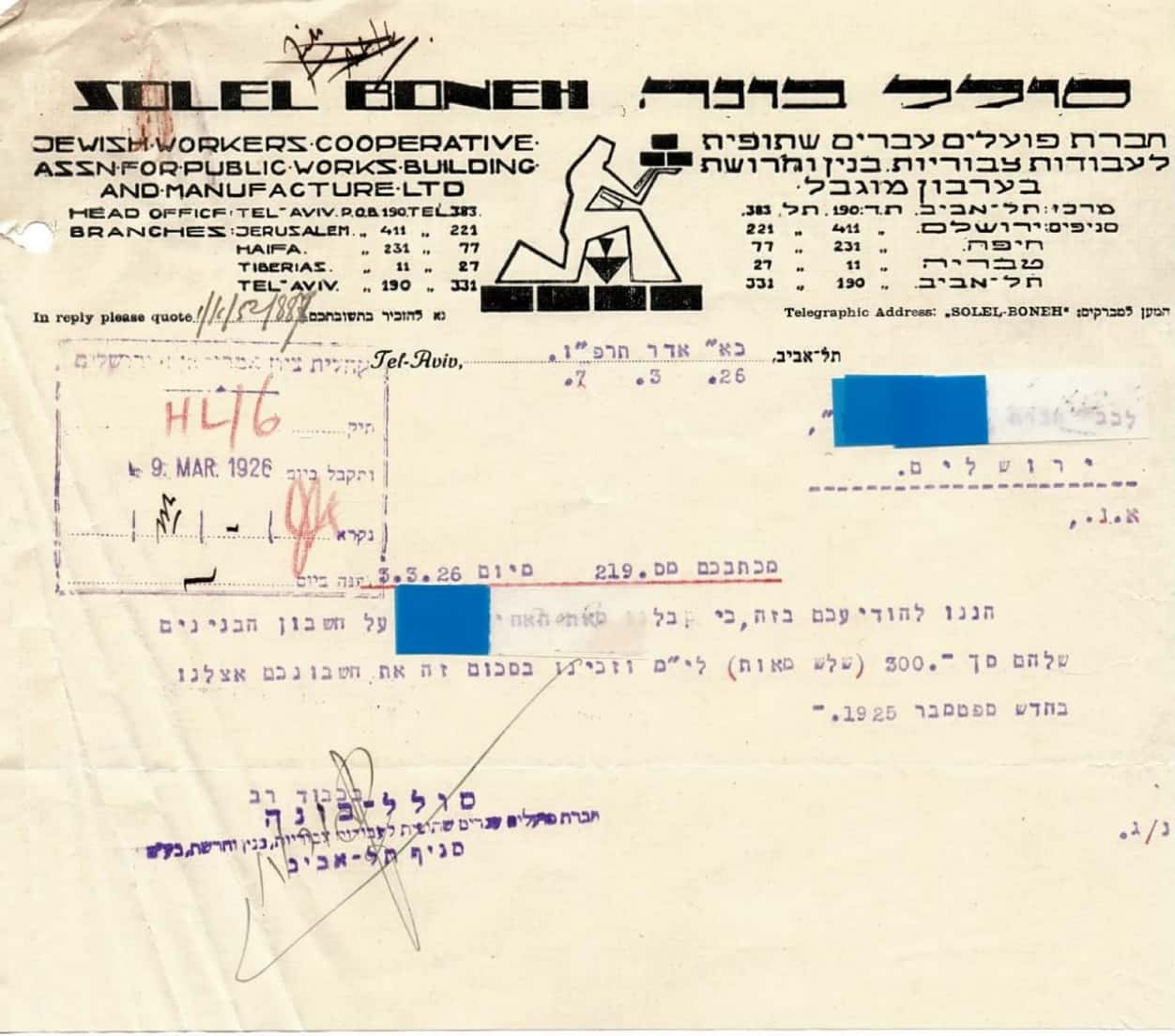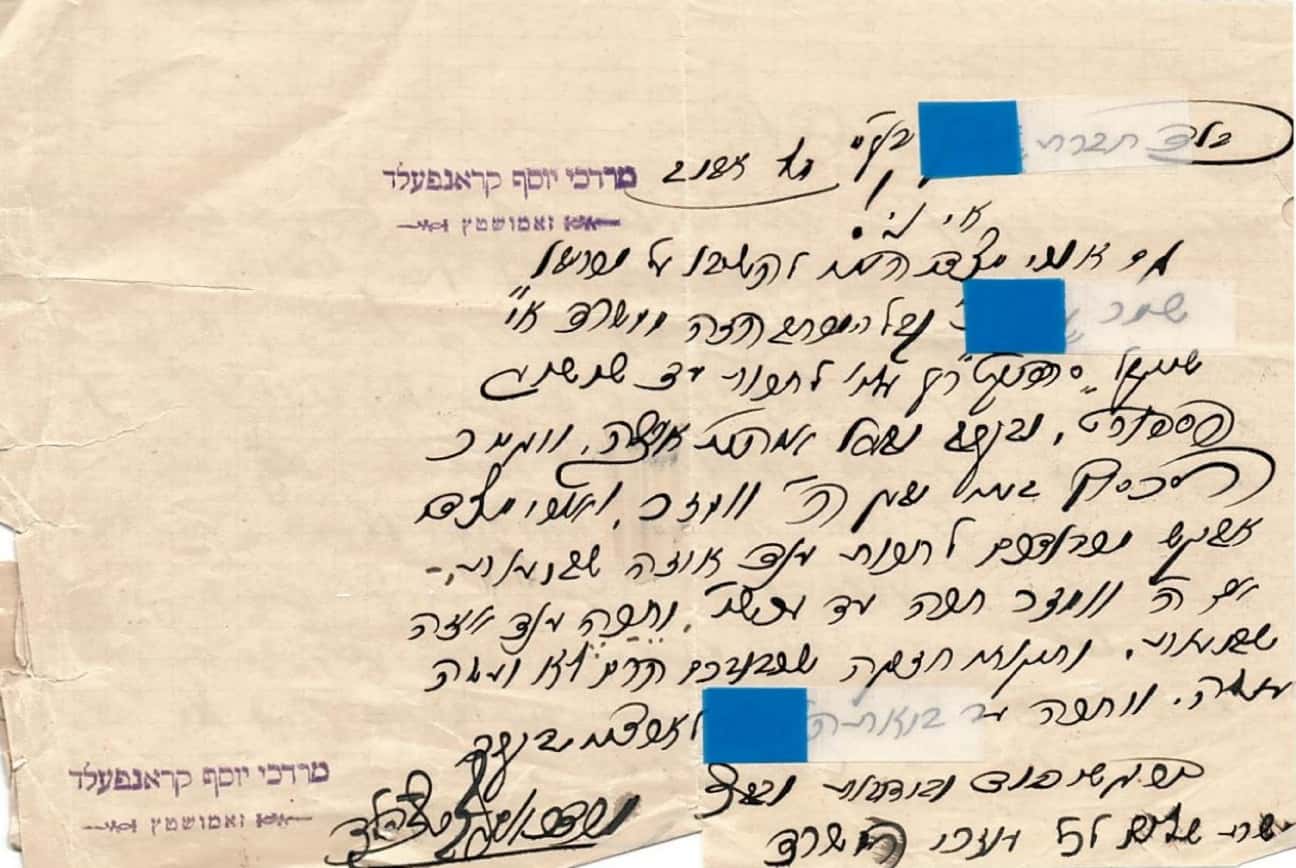Legal aspects of genealogical resarch
The unique legal aspects of the Company’s work relate to five main levels:
I. The Rights/Assets
An abandoned property can be an asset where the rights to it are regulated in a register [land, shares, etc.], and possibly it can be an asset where ownership is not registered by law [art treasures, contractual rights, etc.]
In cases where the rights to abandoned properties are lawfully registered, there are properties where the registration is still in the name of the original owner, and there are those properties which are not registered in the name of the original owner [due to requisition, nationalization, transfer to the authority handling abandoned properties, transfer to a public authority — lawfully or unlawfully, transfer lawfully or unlawfully to a private entity, etc.], this being the case regarding possession of said properties which are held by anyone, some of which are held by private or public authority , lawfully or unlawfully .
In cases where abandoned properties are not regulated by registration, the main question is the identity of the holder, whether lawfully or unlawfully, whether in reference to a private holder or public holder [including museums].
The complexities described above bear great significance regarding the legal aspects of the rights [proprietary/contractual], and as a result implications as to legal procedures that are possible or worth taking in order to return the rights to the rightful owners — the heirs to the original purchaser of the rights.
- The company also deals with obtaining compensation in cases where rights have been misappropriated by municipal and state authorities.
- The company also handles restoration of property where ownership has been transferred to the Commissioner for Enemy Property in Israel (during the Second World War all countries occupied by Germany and its allies were defined by the mandatory government as enemy states, and the property acquired in Israel by Jews from these countries was designated enemy property].
- TThe company also handles release of property under the management of the Custodian General in Israel.
- The Company also handles rights to properties that have undergone nationalization in east European countries.


Document approval by Surrogate's court N.Y
II. The original owner of rights
The abandoned assets with which the Company deals are properties to which rights were acquired many decades ago, and sometimes even before that.
Identification of owners based on data dating back decades, is complex and extremely complicated; in most cases registration at that time was made without any means of identification and even if it exists, the data is not of any help today (i.e., passport number from decades ago). In many countries at that time (and in some cases also today) people were identified on the basis of their parents’ names (such as death certificates issued in European countries).
Due to the passage of time, and especially when it came to Jews living in east and central Europe, their signatures were in Hebrew lettering (or Yiddish), and later on when they emigrated to other countries they signed in Latin/Cyrillic lettering and others.
At that time acquisition of land at in Eretz Israel was done by Jews all over the world by means of various Powers of Attorney, by community messengers (and even via the synagogue treasurer), and this situation complicates arriving at identification and proof thereof.
The events of the wars in Europe led to the destruction of some of the municipal and government archives which are important genealogically and as a source of evidence for identifying those who purchased rights.
The process for proving deaths of Jews who perished in the Holocaust is also complex.
There are cases where the authorities have some information regarding the holder [and it is possible to crossreference the information with research findings by the Company) but there are cases where the authority’s file is empty and proof of identity is extremely hard [since it is rare to find heirs who possess original documents directly relating to the process of purchase of rights by their legator who died many years beforehand].
The procedure for identification is the most complicated procedure in the work of the Company and demands experience and extensive knowledge in many fields — both in research/genealogy as well as legally.


Document approval by APOSTILLE
III. The heirs to the owner of rights
Once the original owner of rights has been identified, his heirs have to be located [usually they are located in various countries.
In most cases the family/heirs are unaware of the existence of the property and their rights to it and in the majority of cases they are unfamiliar with the relevant family composition, and they learn about this from the research findings of the Company. For this reason in many cases it is not possible to produce evidence as to the family composition based on affidavits by family members.
In addition to the above intricacy, there are cases where it is necessary to get to the chain of descendants of the spouse of the original owner of rights.
Of course it is also necessary to check whether the original holder of rights and/or his deceased heirs have left a Will.
In most cases the family/heirs are unaware of the existence of the property and their rights to it and in the majority of cases they are unfamiliar with the relevant family composition, and they learn about this from the research findings of the Company. For this reason in many cases it is not possible to produce evidence as to the family composition based on affidavits by family members.
[Of course there are instances where the family/heirs are acquainted with partial information].
The genealogical information currently found on various internet sites is vast, and it would appear to facilitate the work of creating a family genealogical tree; however, a large part of this information is not precise [based on information that is not first hand, such as stories told between family members, etc.] and in any case this information in itself cannot be used as evidentiary basis in a legal proceeding, and therefore most of the material found on internet sites are only a tool for the legal genealogist and not as evidentiary material.
The legal procedure for recognition of the heirs to the original owner of the rights (a process that sometimes requires issue of several Probate Orders and/or Proofs of Will) must be carried out in the country where the property is situated.
In this regard it is important to note that Inheritance Orders and Proof of Will are in themselves declarations acts, and therefore according to the rules of law in all legal systems there is no possibility of enforcing such an Order in another country [enforcement of foreign judgments are possible if and only when it comes to obligatory judgments].
Bottom line — the procedures for location of heirs and legal recognition of their status are exceedingly complicated.


Letter of delopment works from the 1920s
IV. Taxation
The aspects of taxation touch on to two facets of the Company’s work.
The first — estate tax that is applied in many countries.
The second — tax on the profit resulting from realization of the estate after recognition of the status and rights of the heirs.
In cases handled by the Company, dealing with taxation in the above context is complex as it concerns different countries (location of property, place of residence of the original purchaser, place of residence of the heirs, and more) as well as different periods of time (date of purchase, many dates of inheritance and date of realization of the estate).


Letter confirming rights from Poland
V. Private International Law
One of the most fascinating and complex fields in the legal world — the private international law that deals with legal situations which combine foreign law and a country having to grant legal relief.
In cases handled by the Company the foreign law performs on two levels:
The first: the authority authorized to give the judicial decision regarding settlement of the estate of the original owner of the rights and of his deceased heirs, is required to take into account the regulations pertaining under private international laws, according to the last place of residence of the purchaser of rights as well as the local laws pertaining in the place of residence of his deceased heirs.
The second: When the basis of rights is a legal document — contract, trusteeship, endowment, etc., in many cases this necessitates foreign law in the place where the contractual obligation was formed and the place of residence of the signatories.
In addition to the international aspects of the files handled by the Company, there are also consequences regarding taxation as well as the rules governing the laws of evidence when using foreign documents required for legal proceedings.